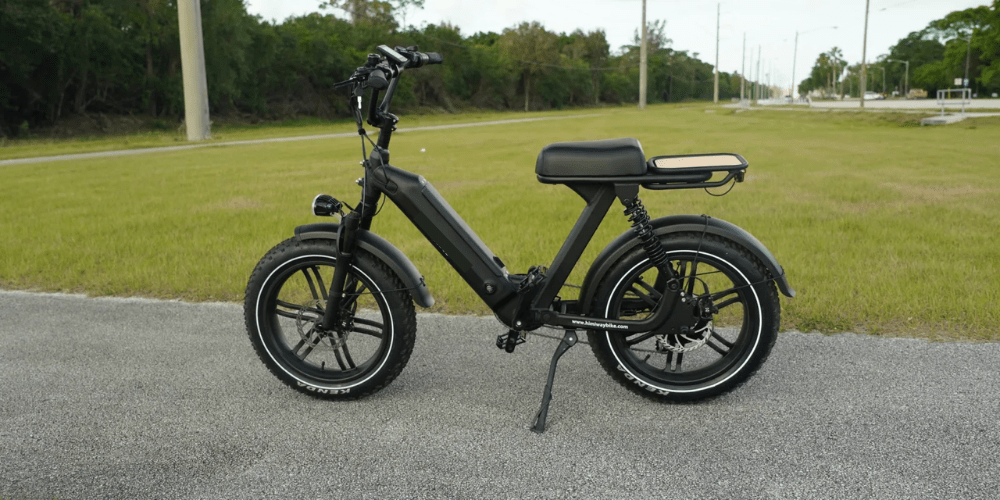There are several different types of forging processes that can be used to create electric bike parts. Some of the most common types include:
Open-die forging:
This process involves shaping the material between two flat dies, which are not completely enclosed. Open-die forging can be used to create a wide range of shapes, from simple cylindrical shapes to more complex geometries.
Closed-die forging:
Also known as impression forging, this process involves shaping the material within a cavity in a die. Closed-die forging can produce more complex shapes and is often used for high-volume production of small to medium-sized parts.
Cold forging:
This process involves shaping the material at or near room temperature, without the need for heating. Cold forging can be used to create high-precision parts with excellent surface finish.
Hot forging:
This process involves heating the material to a high temperature before shaping it. Hot forging can produce parts with superior strength and toughness, and is often used for creating high-stress components such as crank arms and axles.
Net-shape forging:
This process involves shaping the material to its final shape in a single forging step, without the need for additional machining or finishing. Net-shape forging can be a cost-effective method for producing complex, high-precision parts.
Nevertheless, each of these electric bike parts forging processes has its own advantages and disadvantages, and the choice of process will depend on the specific requirements of the part being produced, as well as the available equipment and resources.
What type of electric bike part forging is the best and why?
The best type of forging process for electric bike parts depends on several factors, including the type of material being used, the complexity of the part, and the required strength and durability.
High-stress components:
For high-stress components such as crank arms, hot forging is often preferred as it can produce parts with superior strength and toughness. Cold forging, on the other hand, can be used to create high-precision parts with excellent surface finish and is often preferred for small to medium-sized parts.
High-volume production:
Closed-die forging is often used for high-volume production of small to medium-sized parts, while open-die forging can be used to create a wide range of shapes, including complex geometries.
Cost-effective:
Net-shape forging can be a cost-effective method for producing complex, high-precision parts, but it may not be suitable for all types of electric bike parts.
High volume production with electric bike part forging
Forging can be an effective method for high-volume production of electric bike parts. With the use of high-speed forging machines and automated production lines, large quantities of parts can be produced quickly and efficiently.
Closed-die forging is often used for high-volume production of small to medium-sized parts, as it allows for precise control over the final dimensions and surface finish of the part. Net-shape forging can also be an effective method for high-volume production of complex, high-precision parts.
Nonetheless, forging can be an effective method for high-volume production of electric bike parts, allowing for fast, efficient, and cost-effective manufacturing of high-quality components.
